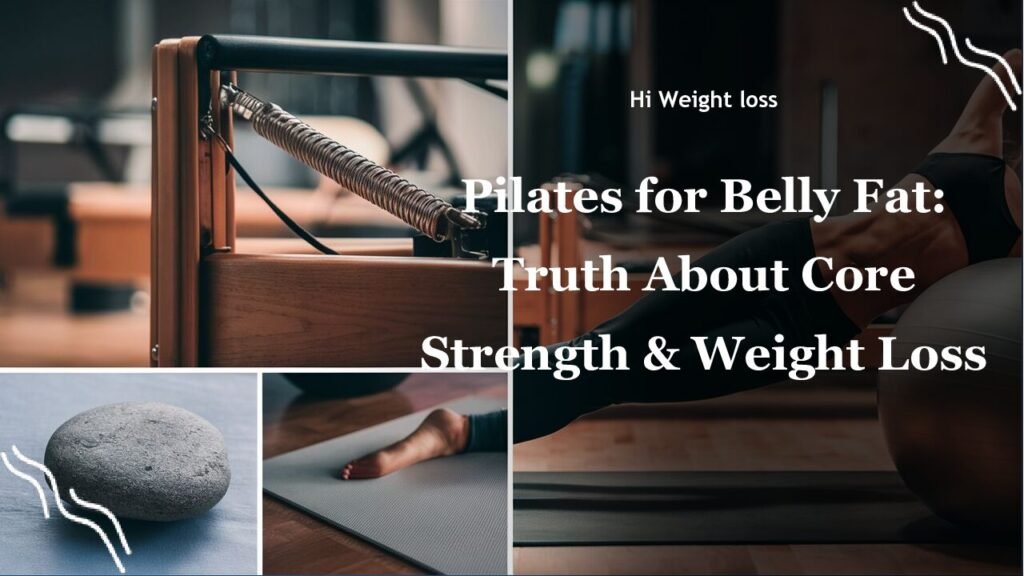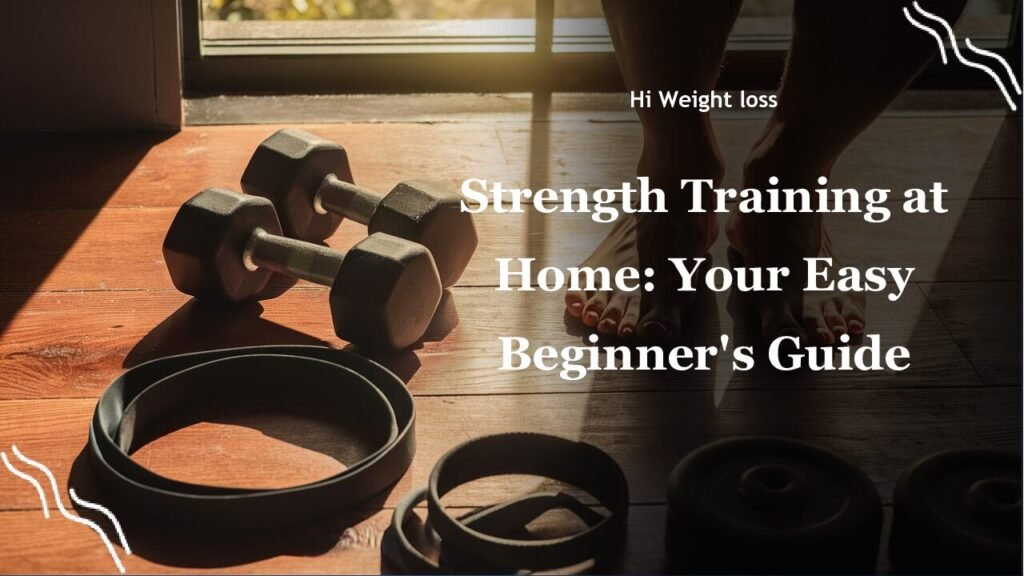“`
Struggling to lose that stubborn belly fat despite trying endless crunches? You might be wondering if Pilates is the answer. It’s a common misconception that Pilates is a direct belly fat burner, when in reality, it’s more nuanced than that. I remember when I first started my fitness journey, I was doing all the sit-ups I could manage, yet I wasn’t seeing results. This led me to explore other options, and that’s when I discovered Pilates. In this article, we’ll dive into what Pilates can and can’t do for belly fat, and how it can fit into your overall weight loss journey. Let’s see if *Pilates* can help you achieve your goals, together we’ll examine the science and real-world experiences.
Does Pilates Burn Belly Fat? Unveiling the Truth
The short answer is: not directly. You see, Pilates doesn’t melt away belly fat the way that high-intensity cardio might. Instead, *Pilates* focuses on strengthening your core, and this can have a significant impact on your overall body composition and appearance. The great thing about Pilates is it works those deep core muscles. It’s about building a stable foundation, which then helps with other activities and contributes to a more toned look.
Think of it this way, I once had a friend, Sarah, who was frustrated that her stomach never seemed to flatten. She started doing Pilates a couple of times a week and, while she wasn’t seeing drastic weight loss immediately, over time she noticed her posture improved and her stomach appeared firmer. This is the beauty of Pilates, it’s less about the scale and more about what you’re building. It isn’t a quick fix for spot reduction; it’s about achieving better overall health.
How Pilates Helps with Overall Weight Loss
Though *Pilates exercises* won’t magically make belly fat disappear, they contribute to overall weight loss in a number of ways. Pilates builds lean muscle, which is key for boosting your metabolism. More muscle means your body burns more calories, even when at rest. So, while you’re not directly burning fat during a Pilates session, you’re setting up your body to do so in the long run.
Also, when you combine Pilates with a balanced, healthy diet, you’re going to see better results. As someone who’s battled with diet ups and downs, I’ve seen the biggest change when I’ve combined healthy eating with exercises like Pilates. It’s all about that holistic approach. Pilates workouts help boost your body composition.

The Science Behind Pilates and Fat Loss
Let’s get a little scientific. Pilates is considered a low-impact exercise. This means that while you are working hard and building muscle, you aren’t getting the same high calorie burn as you would with a run or HIIT workout. However, the improved muscle tone and core strength you gain from Pilates can significantly impact your body’s metabolism and how you distribute weight.
And don’t forget that a strong core is essential for posture, stability, and balance. It’s not just about aesthetics, but also about overall health. Improved posture alone can make you look leaner. In addition, *Pilates* helps improve flexibility and range of motion, which can also help improve daily activities.
Pilates vs. Other Exercises for Belly Fat Reduction
So, how does Pilates stack up against other types of exercises when it comes to belly fat? Exercises like running or cycling typically burn more calories per session, but they don’t always engage your core as effectively as *Pilates*. While high-intensity cardio can be a key element to weight loss, it’s also important to have a well-rounded exercise program, and that’s where Pilates comes in.
In my experience, I’ve found that mixing cardio workouts with strength training and Pilates is the best approach. This approach provides me with a balance and promotes the most effective and sustainable fat loss. If you’re looking to burn calories quickly, cardio might be more effective. However, if you are looking to build strength, increase flexibility, and improve your core, Pilates is an excellent choice.
What to Expect from Pilates Workouts
Pilates is not a one-size-fits-all solution. What you can expect from a Pilates workout will depend on how frequently you work out and your level of intensity. If you’re new to *Pilates*, start with beginner classes. You might find it challenging at first as you learn the movements, but you’ll soon get the hang of it. If you are more advanced, you can increase the difficulty of your workouts by working with heavier equipment.
Consistency is key when it comes to working out, so plan to do *Pilates workouts* regularly. Aim for at least 2-3 sessions per week to see the best results. When I started, I didn’t see the change right away, but by sticking with it I felt more toned and stronger. The feeling of strength and improved posture alone makes it worthwhile. Here is an example exercise plan:
| Day | Activity | Duration |
|---|---|---|
| Monday | Pilates Core Workout | 45 minutes |
| Tuesday | Light Cardio (Walking) | 30 minutes |
| Wednesday | Rest or Active Recovery | 30 minutes |
| Thursday | Pilates Full Body Workout | 45 minutes |
| Friday | Moderate Cardio (Jogging) | 30 minutes |
| Saturday | Rest or Gentle Yoga | 30 minutes |
| Sunday | Rest or Light Activity | 30 minutes |
This example workout plan combines Pilates with other activities for optimal results. When you combine *Pilates* with cardio and a healthy diet you are more likely to lose weight.
Real-World Success Stories
While research shows the benefits of Pilates, it’s the personal stories that really bring it home. I’ve met so many people in my Pilates classes who’ve shared their personal weight loss wins, often emphasizing how Pilates has not only changed their body but also their mindsets about fitness.
Many of the women I’ve spoken with have shared their experiences of how *Pilates* not only helped them to tone up their core, but also improved posture, reduced back pain, and gave them more energy throughout the day. These experiences are a testament to how the combination of Pilates, cardio exercise, and diet can positively influence weight loss and overall health.
Conclusion
So, does Pilates burn belly fat? While it doesn’t directly target belly fat, the benefits of Pilates extend far beyond simple calorie burning. *Pilates* is a fantastic exercise modality that strengthens your core, builds lean muscle, and improves your posture, all of which can contribute to a more toned and defined abdominal area. Remember Sarah? The friend I mentioned earlier? She didn’t lose belly fat overnight, but with consistency and commitment she achieved a body composition she was proud of.
If you’re looking to lose belly fat, remember that it’s a journey that involves more than just one exercise. Combining *Pilates workouts* with a balanced diet and regular cardio is the key to achieving your goals. It’s about building a healthier and stronger you. Why not start today? Share this with a friend who might be wondering about Pilates and belly fat. Let’s encourage each other to stay on this journey!
FAQ
Can Pilates help me lose weight?
Yes, Pilates can be a useful addition to your weight loss plan. It builds muscle, which boosts your metabolism, and improves your overall body composition.
How often should I do Pilates for the best results?
Aim for at least 2-3 Pilates sessions per week for the best results. Consistency is key to seeing progress.
Is Pilates better than cardio for burning belly fat?
Cardio generally burns more calories, but Pilates is great for strengthening your core. For best results, combine both in your routine. As Women’s Health Mag indicates, Pilates is a good option to incorporate into your weight loss journey.
Can I lose belly fat with only Pilates?
While Pilates is beneficial, it’s most effective when combined with a healthy diet and other forms of exercise, such as cardio, as explained by Crunch.com.
Is Pilates safe for everyone?
Yes, Pilates is a low impact exercise that’s suitable for most people, but always check with your healthcare provider before starting a new exercise program, as discussed in FreeRx’s blog.
“`



